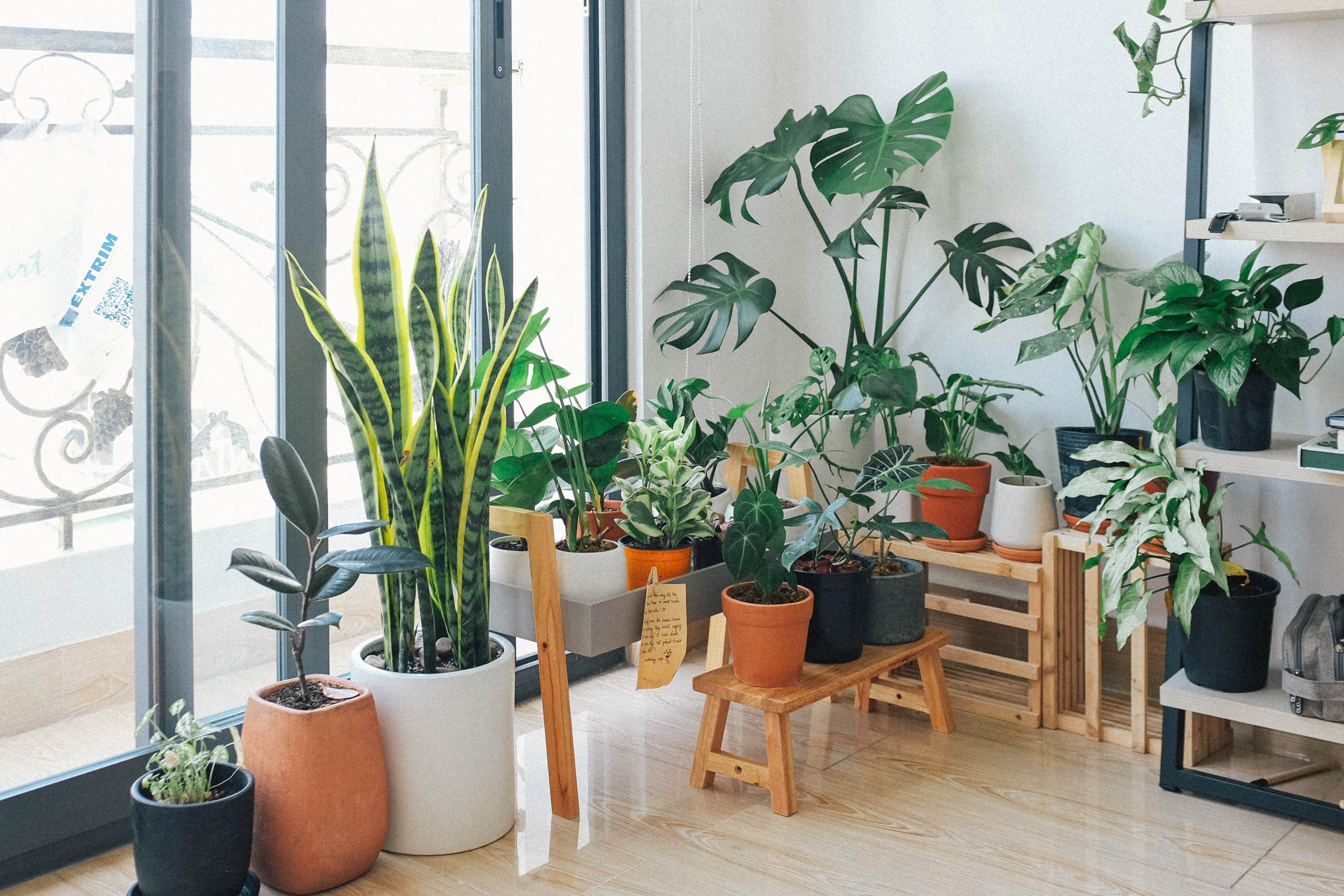Introduction:
Gardening in dry or drought-prone regions presents unique challenges, but it doesn't mean sacrificing beauty and biodiversity in your landscape. By choosing plants that are adapted to arid conditions, you can create a water-wise garden that thrives even during periods of limited rainfall or water restrictions. In this guide, we'll explore a diverse selection of drought-resistant plants that not only survive but also flourish in dry conditions, offering beauty, texture, and color to your garden with minimal water requirements.
Benefits of Drought-Resistant Plants:
-
Water Conservation: Drought-resistant plants have evolved to survive with minimal water, making them ideal choices for water-wise gardening and reducing water consumption in the landscape.
-
Low Maintenance: Once established, drought-resistant plants typically require minimal care and maintenance, saving time and effort for gardeners while still providing beauty and biodiversity.
-
Climate Adaptability: Drought-resistant plants are well-suited to arid and semi-arid climates, making them resilient to fluctuating weather conditions, including periods of drought, heat, and low humidity.
-
Ecosystem Support: Many drought-resistant plants provide habitat and food sources for native wildlife, including birds, butterflies, bees, and other pollinators, contributing to ecosystem health and biodiversity.
Selecting Drought-Resistant Plants:
When choosing drought-resistant plants for your garden, consider the following factors:
-
Native Species: Native plants are well-adapted to local climate and soil conditions, making them excellent choices for drought-resistant landscaping. Research native plants native to your region and select species that are well-suited to your specific growing conditions.
-
Water Requirements: Choose plants with low to moderate water requirements, avoiding species that are highly dependent on regular watering or have high moisture needs.
-
Drought Tolerance: Look for plants with adaptations for water conservation, such as deep root systems, succulent foliage, or waxy coatings on leaves, which help them survive and thrive in dry conditions.
-
Diverse Plant Palette: Incorporate a diverse selection of drought-resistant plants with varying heights, textures, colors, and bloom times to create visual interest and seasonal appeal in your garden.
Drought-Resistant Plant Options:
-
Succulents: Succulent plants, such as agave, aloe, sedum, and echeveria, are renowned for their water-storing leaves and drought tolerance, making them ideal choices for dry gardens, rockeries, and container plantings.
-
Xerophytic Shrubs: Many shrubs are adapted to dry conditions and require minimal water once established. Consider drought-resistant shrubs such as lavender, rosemary, sage, yarrow, and butterfly bush for their aromatic foliage, colorful blooms, and wildlife-attracting qualities.
-
Grasses and Ornamental Grasses: Ornamental grasses are excellent choices for adding texture, movement, and visual interest to dry landscapes. Choose drought-resistant grasses such as fountain grass, blue fescue, muhly grass, and switchgrass for their graceful forms and low water requirements.
-
Drought-Tolerant Perennials: Perennial plants with drought-tolerant qualities are valuable additions to water-wise gardens, providing long-lasting beauty and seasonal interest with minimal water needs. Consider perennials such as echinacea, black-eyed Susan, salvia, coreopsis, and yucca for their vibrant blooms and resilience in dry conditions.
-
Cacti and Desert Plants: Cacti and other desert plants are iconic symbols of drought tolerance and thrive in hot, dry environments. Incorporate drought-resistant cacti species such as prickly pear, barrel cactus, and agave into your landscape for their sculptural forms and low-maintenance appeal.
Designing with Drought-Resistant Plants:
When designing with drought-resistant plants, consider the following tips:
-
Group Plants by Water Needs: Group plants with similar water requirements together to create hydrozones or planting areas with different watering schedules, allowing you to efficiently manage water use and optimize plant health.
-
Use Mulch: Apply a layer of organic mulch such as wood chips, gravel, or bark mulch around plants to conserve soil moisture, suppress weeds, and moderate soil temperature in dry conditions.
-
Provide Adequate Drainage: Ensure proper soil drainage by amending heavy clay soils with organic matter and creating raised beds or mounded planting areas to prevent waterlogging and root rot in drought-resistant plants.
-
Consider Microclimates: Take advantage of microclimates in your garden, such as south-facing slopes, sheltered courtyards, or sun-baked walls, to create favorable growing conditions for drought-resistant plants and extend your plant palette.
Conclusion:
Drought-resistant plants offer a wealth of beauty, diversity, and resilience for water-wise gardening in dry or drought-prone regions. By selecting plants adapted to arid conditions, you can create a vibrant and sustainable landscape that thrives with minimal water input, conserves resources, and supports biodiversity.
Whether you're designing a desert-inspired garden, creating a xeriscape landscape, or simply seeking to reduce water use in your garden, drought-resistant plants provide endless possibilities for creating stunning and environmentally friendly outdoor spaces. Explore the wide range of drought-resistant plants available and discover the joy of gardening with plants that thrive in dry conditions.
Happy gardening!

